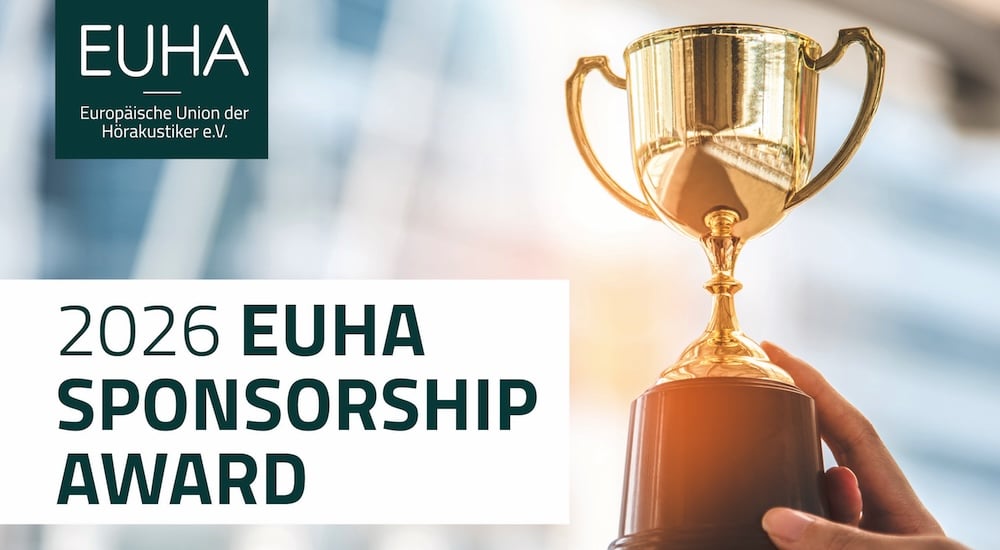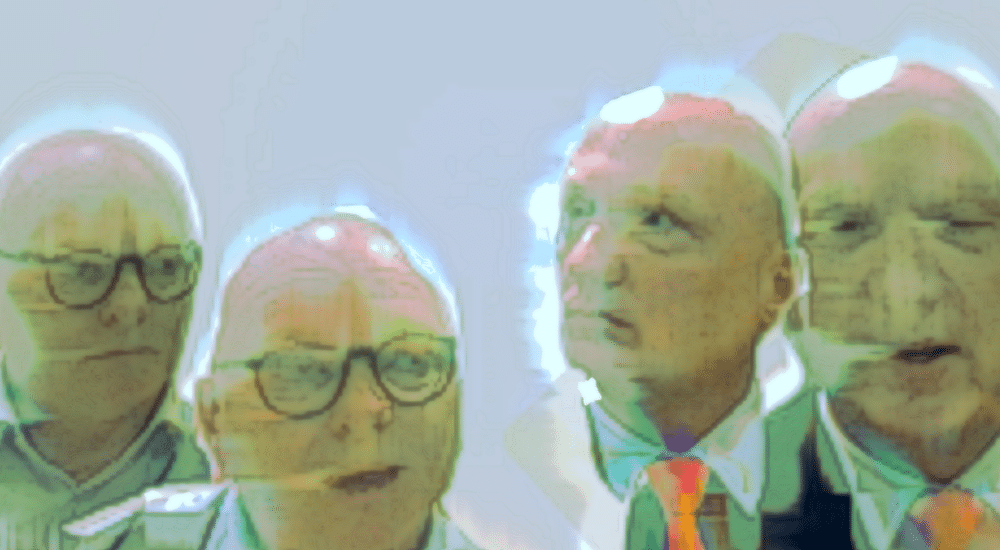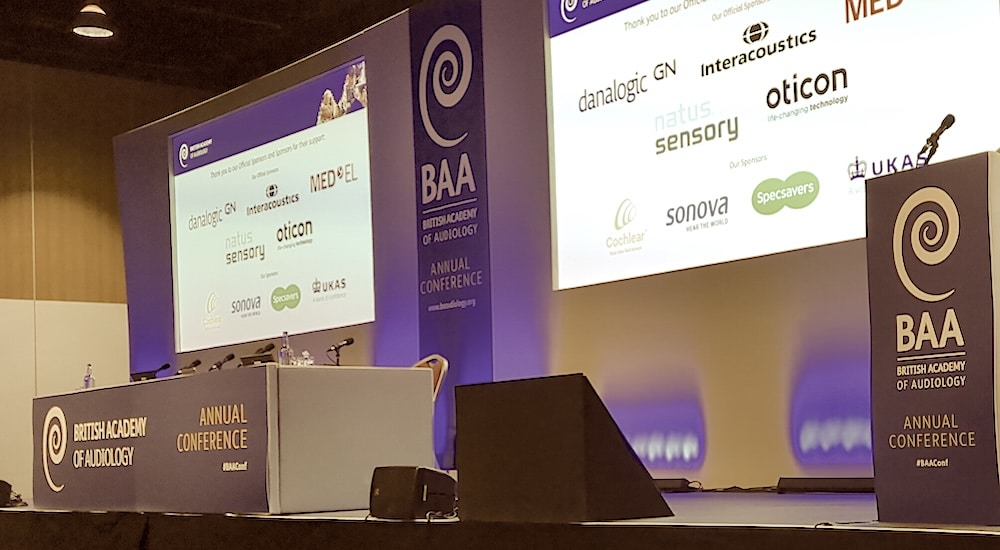Dr. Héctor Ruiz: “Implant indications on the increase”
Associations
Cochlear implants have made a tremendous contribution since they were brought in for theonly sense-related organ that can be replaced. This has proved a major revolution.

Interviewwith Dr. Héctor E. Ruiz, recently elected IFOS regional secretary for Central and South America, who came to see Audio Infos/Audiology Worldnews’ team at their booth.
With the recent International Federation ofOto-rhino-laryngological Society’s (IFOS)Congress in full swing, in Paris from June 24to 28, Audio Infos found a chance to talk tothe Argentinian otorhinolaryngologist and otologist Dr. Héctor E.Ruiz, who was elected regional secretary for Central and SouthAmerica of this organisation, but who is also the president-electof the Pan-American Association of Otorhinolaryngology-Head andNeck Surgery.
Ruiz is a genuine “globetrotter” in audiology, and thanks to this traithe has been able to widely circulate his country’s research studies,consolidate international scientific committees, and position himselfon the global agenda, especially in relation to cochlear implants.
How did you begin to become active on the internationalotorhinolaryngology scene?
Many years ago, I began to attend the scientific events ofthe American Academy of Otorhinolaryngology-Head and Neck Surgery(AAO-HNS). I managed to take part in some 30 congresses, realising atthese that the biggest group of professionals in attendance, after theAmerican group, was from Latin America, so the first thing I did wasset up an International Committee in which all American countriesfrom could participate, called SPAG (Spanish–Portuguese AdvisoryGroup), and which then grew into the Pan-American committee.
Since that time 18 years ago, I have focused on the Pan-AmericanAssociation, taking various posts, and I will shortly (2018) take overas president in Peru. The main strategy I have led from the Associationis the dissemination of academic events and activities, not just inArgentina but all over the world. I created the Association’s newsletterthat currently has 25,000 subscribers, and it has made us known as an association. I’ll have some new challenges ahead in my new positionas Secretary of one of the six world regions that make up the IFOS.
How has the evolution and perception of otology transpiredin the field of otorhinolaryngology?
At the level of specialty, we have grown considerably, and thegreat contribution in otology has come from cochlear implants,which were brought in to replace the only sensitive organ relatedto the senses. This has proved a major revolution. I remember thatwhen I began to operate on ears, the inner ear was untouchable;today any form of hearing loss can be provided with equipment,operated on, and given an implant whether it be a middle ear type,inner ear, or a brainstem implant. There is such a variety of waysto substitute for hearing that it is unforgivable for hearing loss to goon without treatment and rehabilitation.
When implant surgery came into being, it faced many economicdifficulties that we would later overcome when social security tookcharge of it, which allowed us eventually to show how magnificenthearing replacement and rehabilitation are. Today, people who sufferedfrom total deafness, sign-language users, have almost normalhearing. What have also evolved satisfactorily in our specialty isrhinology, with nasal endoscopy, and otoneurology; both of whichhave enjoyed extraordinary development.
Cochlear implants generate great expectations. What is thereality?
This is one of the areas that has, perhaps, had the greatestgrowth, year after year seeing something different, and we see thisat these events. Of course, electromedicine has advanced and thisfavours implants. Right now studies are under way on how to replacean organ with a totally-implantable device, and a totally-implantableinner-ear cochlear implant is even being tried out on people. We shall see increasingly smaller implants, more longer-lasting andmore easily-chargeable batteries, as in hearing aids and with morewireless accessories of all kinds. The main revolution in implantsurgery was triggered by the great long-term benefi t demonstrated.
Hearing aid technology has also evolved. What impact is thishaving on patients and professionals?
Undoubtedly, one of the best ever fusions has been that of hearingaid technology with implants, because they complement eachother, and this is fantastic for the patient. Today you have Bluetooth,FM, wireless apparatus available that allow for communication ingroups, telephone conversations, watching TV and so on. And thisis only a part of it all, because the whole topic of connectivity andpatient access to it is right there too.
In respect of implant professional groups, it is important for theirtraining to keep up with technology. Otosurgeons must be up toscratch on all the scientific advancements; for example, in electrodeplacement they are now analysing what drugs should be placedwithin the ear, and this did not exist before now. Today’s electrodesare much thinner and more flexible to avoid the trauma of the insertion.The electrode must preserve the residual hearing and preservethe inner-ear structure and remain close to the modiolus for a betterstimulation, and it must be adapted to the cochlear length. All in all,our efforts are oriented towards the preservation of residual hearing.We should not “mortgage” patients’ futures –even more in the caseof very young children. We must protect all we can with the greatestpossible delicacy, so there is no inflammation and nothing is damaged.To reach this point, we have changed our surgical approachroute – now the cochlea is not perforated with a drill.
Generally, what is the follow up protocol for the implant? ¿Ismultidisciplinary cooperation advised?
Today, with internet, there is very precise and fast control byprofessionals in the medical team. The most important thing followingan implant operation is rehabilitation, since if I operate on apatient and do not carry out rehab it is as if nothing has been doneat all. This is where profound awareness creation must exist on thepart of parents, for example, and we as professionals must insiston patient rehabilitation. Some believe that the implant is sufficientand do not continue the process. This is nonsensical. The worldhas high-quality speech-language pathologists, rehabilitators andaudiologists who do this very well.
In terms of practising the profession, has the political panoramain Argentina had an influence?
Different policies affect the delay of implant delivery. We hadpopulist policies, which did not work. Then there was a change,but in these transitions we were not affected. We can carry outimplants, do the state and private hospital part, and in general wehave carried on. Implants are being indicated with more frequency.Today we have around 900 implants taking place annually in thecountry, and all hearing devices are imported.
 Sign in
Sign in


